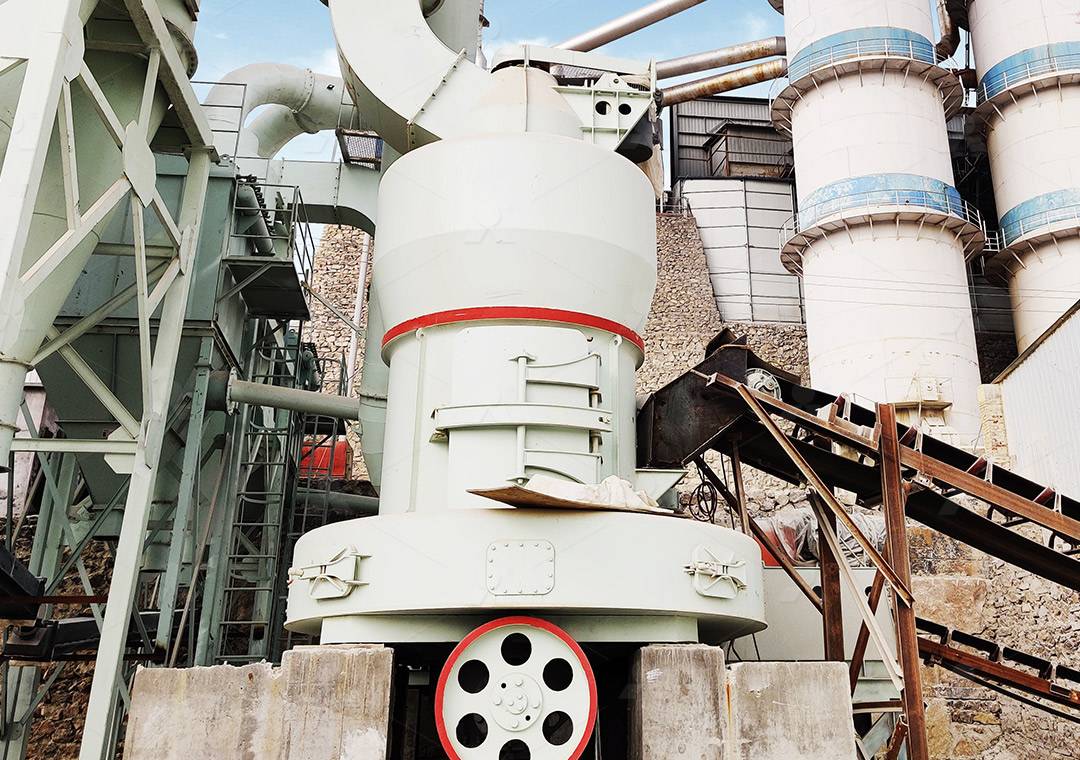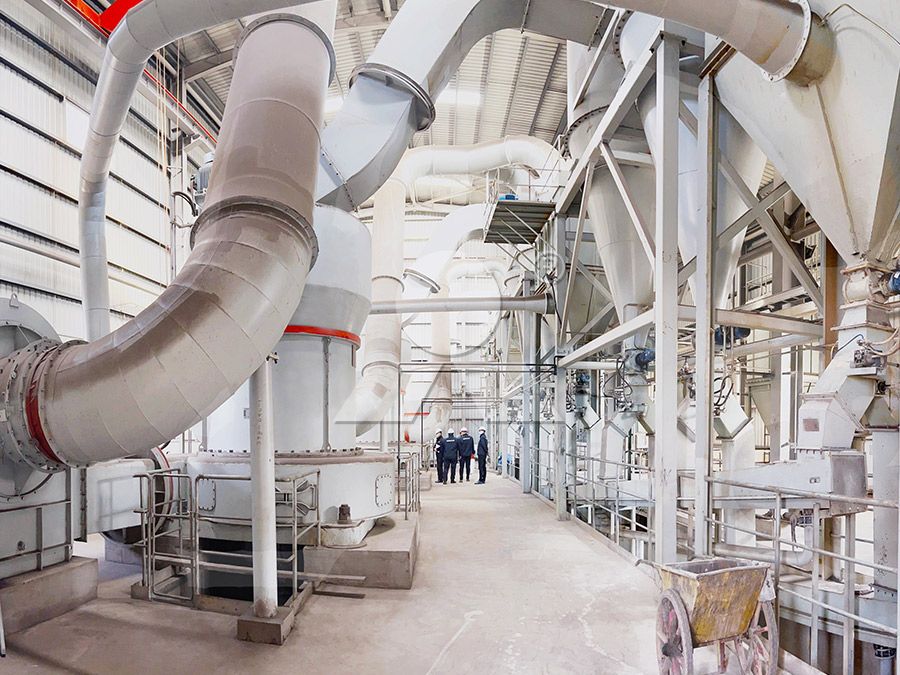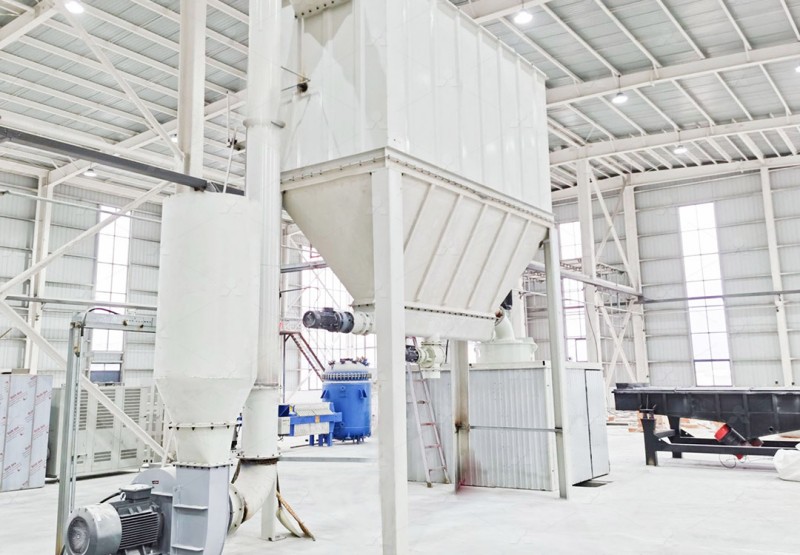How Does a Hammer Mill Crusher Work?
How Does a Hammer Mill Crusher Work?
Ever wonder how that big pile of rocks or aggregate gets turned into a fine, usable powder? Well, one of the workhorses of the size reduction world is the hammer mill crusher. It’s a pretty straightforward machine, but its simplicity is what makes it so effective and widely used across countless industries.
The Basic Anatomy
At its heart, a hammer mill is a steel drum containing a vertical or horizontal rotating shaft or drum. Attached to this shaft are several hammers (basically, free-swinging or fixed metal bars). The material enters the mill through a feed hopper and is met by these rapidly swinging hammers. The inside of the mill is lined with a grinding plate or screen that helps to control the final size of the crushed material.

The Crushing Process: Step by Step
- Feeding: The raw material is fed into the mill’s chamber, typically via a gravity-fed hopper or an automated feeder.
- Impact and Shattering: As the rotor spins at high speed (anywhere from 1,000 to over 3,000 RPM), the hammers flail out, striking the incoming material. The primary reduction happens here through repeated impact blows, which shatter the material upon contact.
- Grinding and Shearing: The shattered particles are then forced against the interior lining of the mill. Further size reduction occurs as particles are ground against this plate and against each other (attrition), and are sheared by the edges of the hammers.
- Size Classification: The crushed material continues to be struck by the hammers until it is small enough to pass through the discharge screen or grate located at the bottom of the mill. The size of the openings in this screen determines the final particle size of the product.
- Discharge: Once the particles are small enough, they exit the mill, often assisted by airflow or gravity, and are transported to the next stage of processing or to storage.

Key Factors Affecting Performance
- Rotor Speed: Faster hammers mean more impact force, leading to finer grinding.
- Hammer Design: The shape, size, and arrangement of the hammers are crucial for different materials.
- Screen Size: This is the primary control for your final product size.
- Material Properties: Hardness, brittleness, moisture content, and feed size all dramatically affect the mill’s efficiency and output.
Beyond the Basics: When You Need Something Finer
While hammer mills are fantastic for coarse to medium grinding, many modern applications demand ultra-fine powders. This is where our advanced grinding technology comes into play. For operations that require moving beyond the capabilities of a standard hammer mill, we highly recommend our MW Ultrafine Grinding Mill.
This machine is engineered for customers who need to make ultra-fine powder, capable of achieving a fineness between 325-2500 meshes. It’s perfect for materials like limestone, calcite, dolomite, and talc. A key advantage is its higher yielding at lower energy consumption – it’s 40% more efficient than jet mills and uses 30% less energy. Plus, its innovative design means there are no rolling bearings or screws in the grinding chamber, eliminating common failure points and allowing for worry-free, 24/7 operation. It’s also equipped with an efficient pulse dust collector, making the entire process much more eco-friendly.

Another excellent option for precision fine grinding is our LUM Ultrafine Vertical Grinding Mill. It integrates grinding, grading, and transporting into one unit and is known for its exceptional energy efficiency and stable operation, making it a top choice in the ultrafine powder grinding industry.
Conclusion
So, there you have it. The hammer mill crusher works on a simple but effective principle of impact and attrition to break down material. It’s a rugged, reliable machine for a huge range of applications. But when your needs get more specific and you require finer powders with greater efficiency, that’s where our specialized grinding mills like the MW and LUM series really shine, offering precision, power, and productivity.
